Products are selected by our editors, we may earn commission from links on this page.

The Red Sea has significant religious and geopolitical roots. Because much of the sea has been unexplored until this point, it has been a staple of exploration and mystery for many years. A recent discovery on the ocean floor has provided fascinating insights that change what we thought we knew about life on Earth.
The Red Sea’s Religious Significance

The Red Sea’s religious roots lie in the Parting of the Red Sea from the Bible. God is described as miraculously parting the water to allow Israelites to escape Egypt’s army. This Biblical account symbolizes freedom and liberation through God’s divine protection and is a cornerstone of both Jewish ad Christian faith.
The Red Sea’s Geopolitical Importance

In addition to religious significance, the Red Sea serves as a crucial global trade route between Africa and Arabia. It connects the Mediterranean and Indian Oceans and is a critical and strategic waterway for the trade of oil and other important economic commodities.
The Gulf of Aqaba
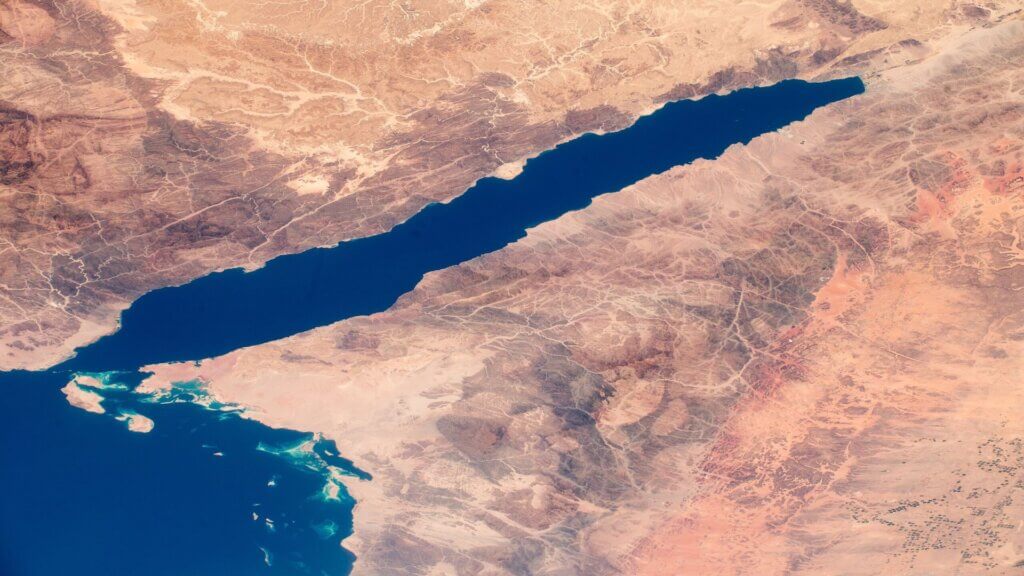
The Gulf of Aqaba lies at the tip of the Red Sea. It has a coast in four countries: Egypt, Israel, Jordan, and Saudi Arabia. For Israel and Jordan, the Gulf of Aqaba is the access point to the Red Sea, allowing these countries ot participate in world trade.
Discoveries in The Gulf of Aqaba
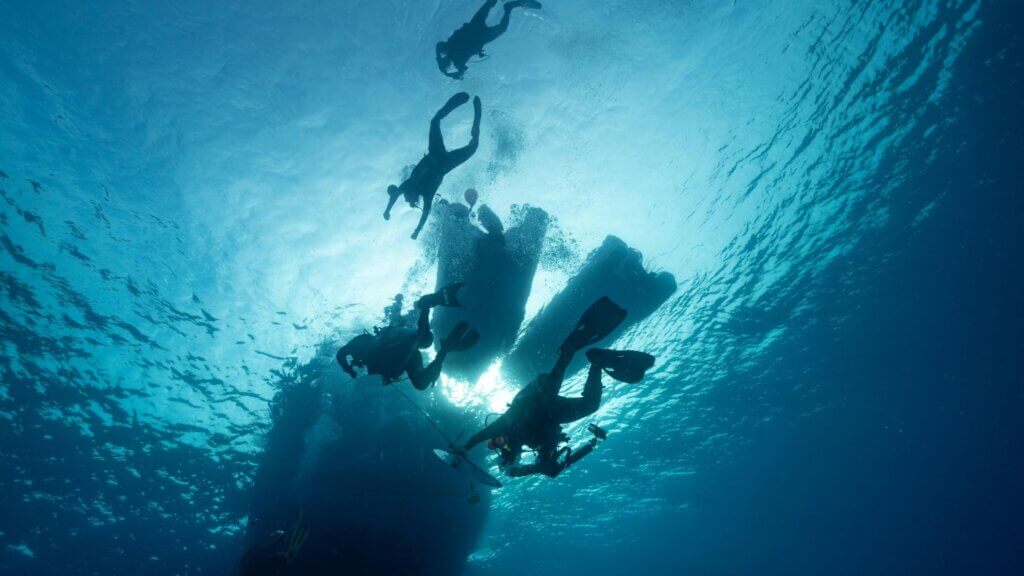
A study published by Nature outlines a group of scientists’ exploration of the deep sea beneath the surface of the Gulf of Aqaba. They dove 4,000 feet beneath he surface to gain insights about the seawater and environment there. What they discovered was frightening.
Brine Pools
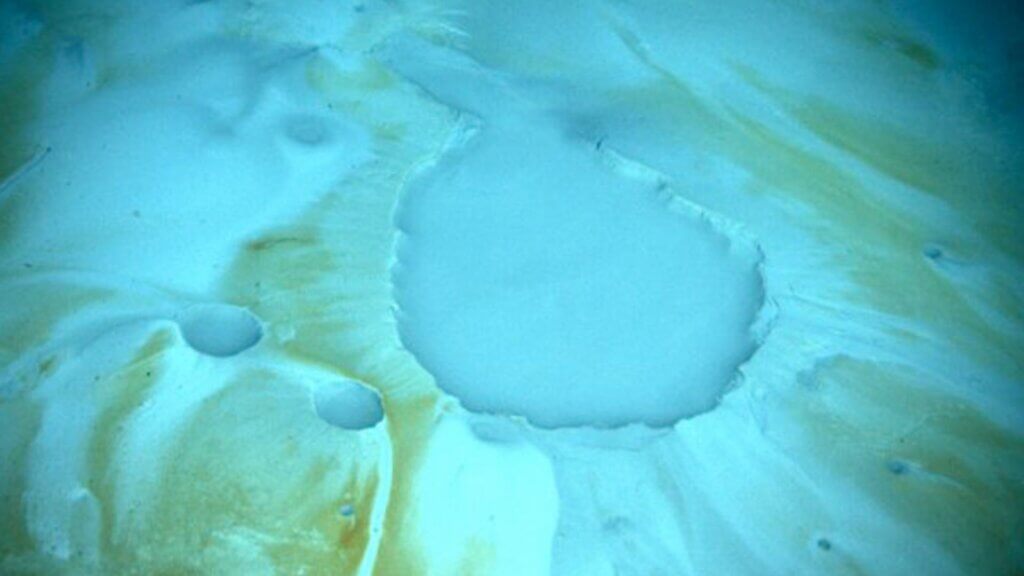
The team identified 40 brine pools in the deep sea of the Gulf of Aqaba. These pools are ten times saltier than regular seawater and have little to no oxygen in them. However, due to their unique makeup, and without the disturbance of outside organisms, brine pools are also home to pristinely preserved sediment. This makes them a fascinating area of study.
A Lethal Environment
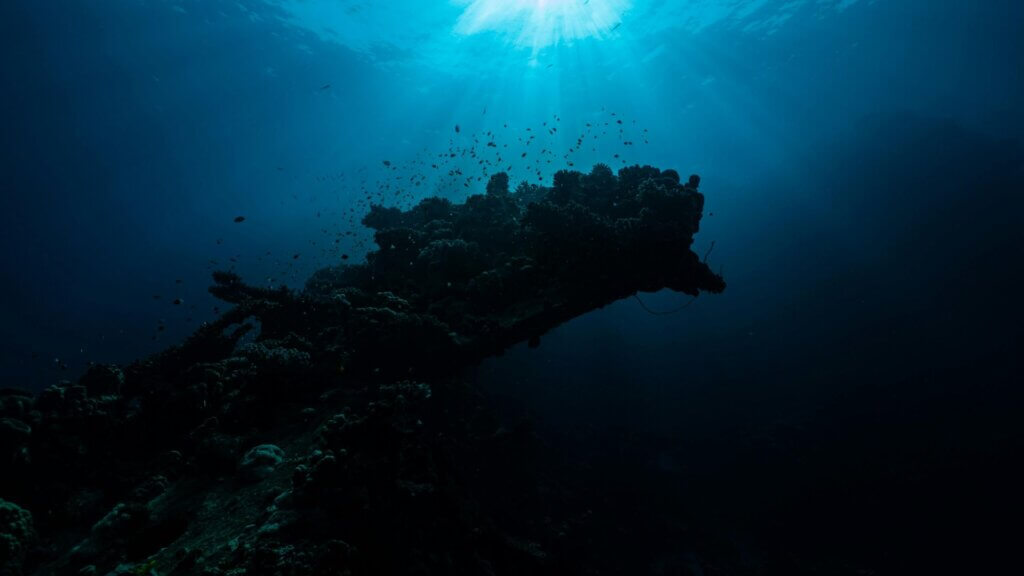
The salt and lack of oxygen in these pools makes it a lethal environment for almost any organism that comes close to it. Theta re formed from dissolved ancient salt deposits and are often discovered with dead animals surrounding them, due to their uninhabitable nature for marinelife.
What “Death Pools” Reveal About Life on Earth

Since these pools essentially act as time capsules, they reveal fascinating insights into life on Earth in the distant past. The layers of sediment can reveal evidence of tsunamis, floods, and earthquakes that may have occurred thousands of years ago. Not to mention, scientists can also uncover tectonic events from the sediment layers.
More Research
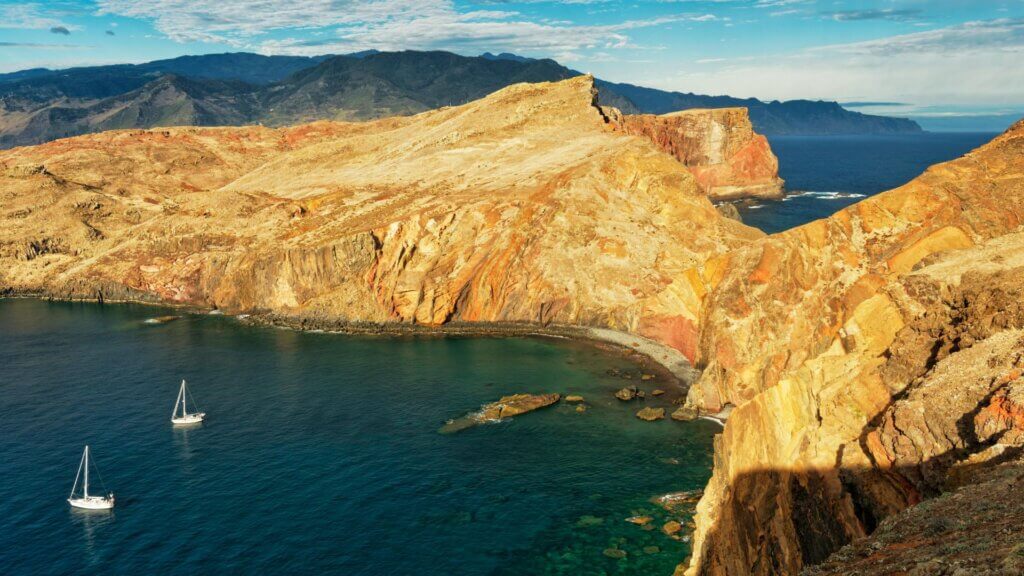
The team is excited to dive deeper into this discovery and find answers to questions about what ancient ocean environments really looked like. If they can reconstruct old climate patterns and tectonic movements, they can gain a clearer image of how Earth’s ecosystem has changed and evolved.
Conclusion
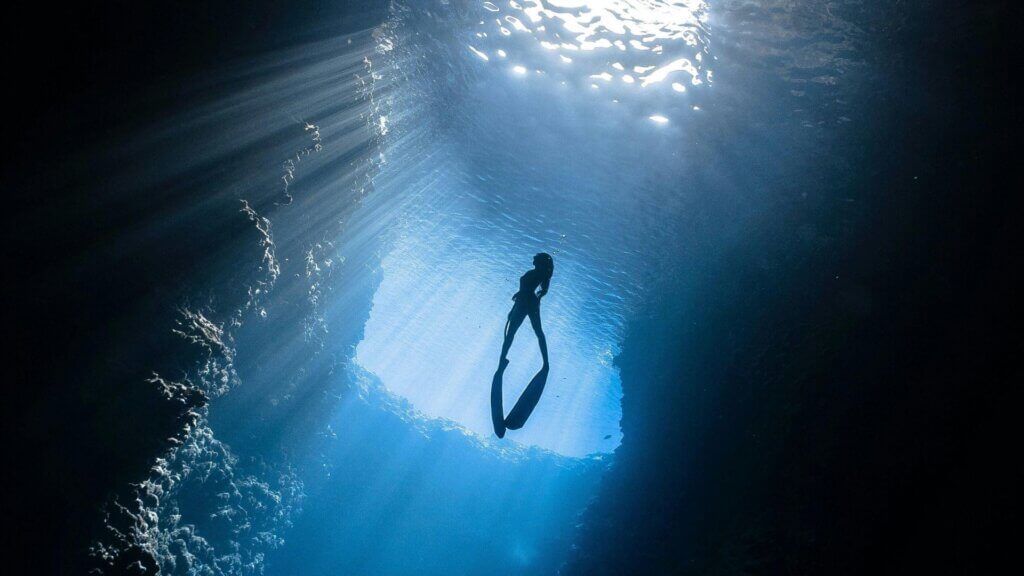
These deep-sea discoveries are critical to piecing together the puzzle of Earth’s past. These time capsules continue to provide unique opportunities for exploration and discovery so that we can better understand what our environment looked like thousands of years ago, and how it evolved to what it is today.

